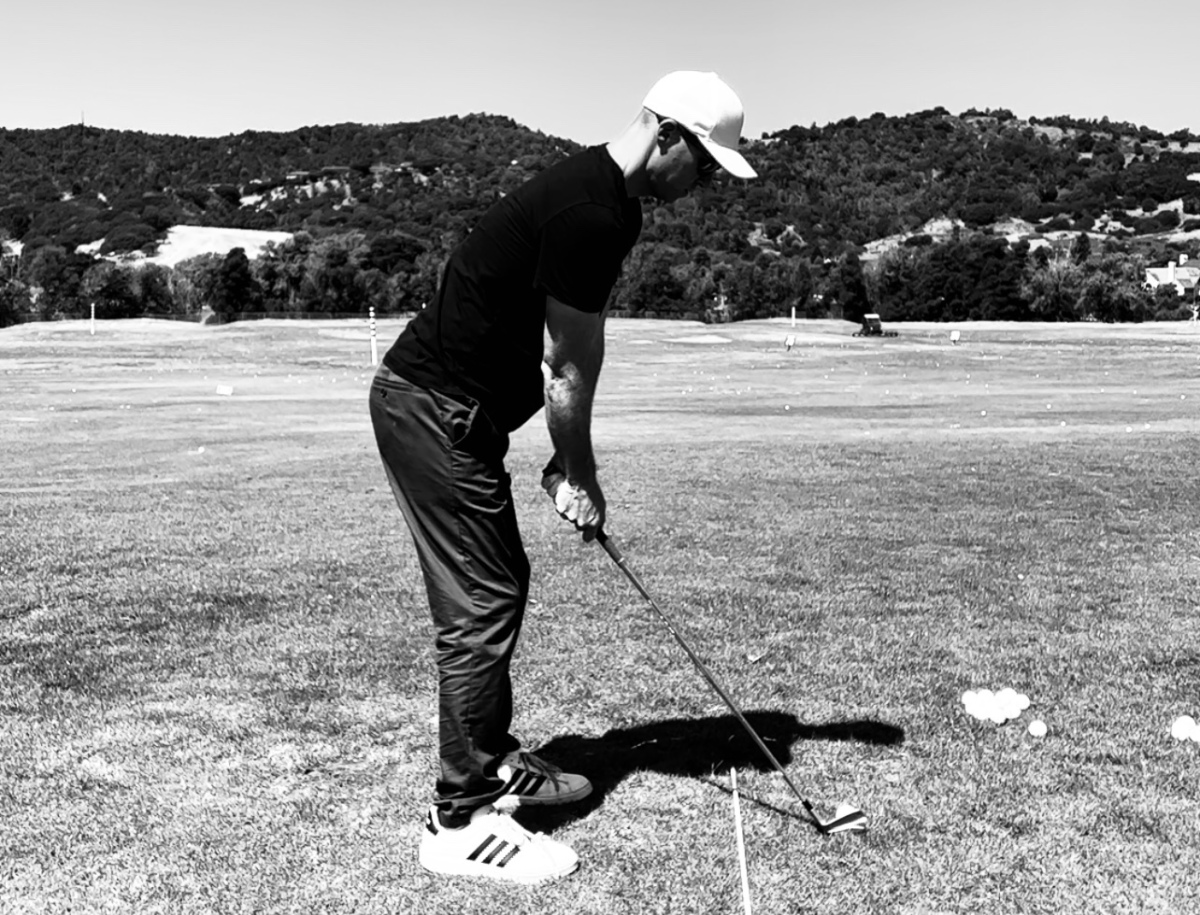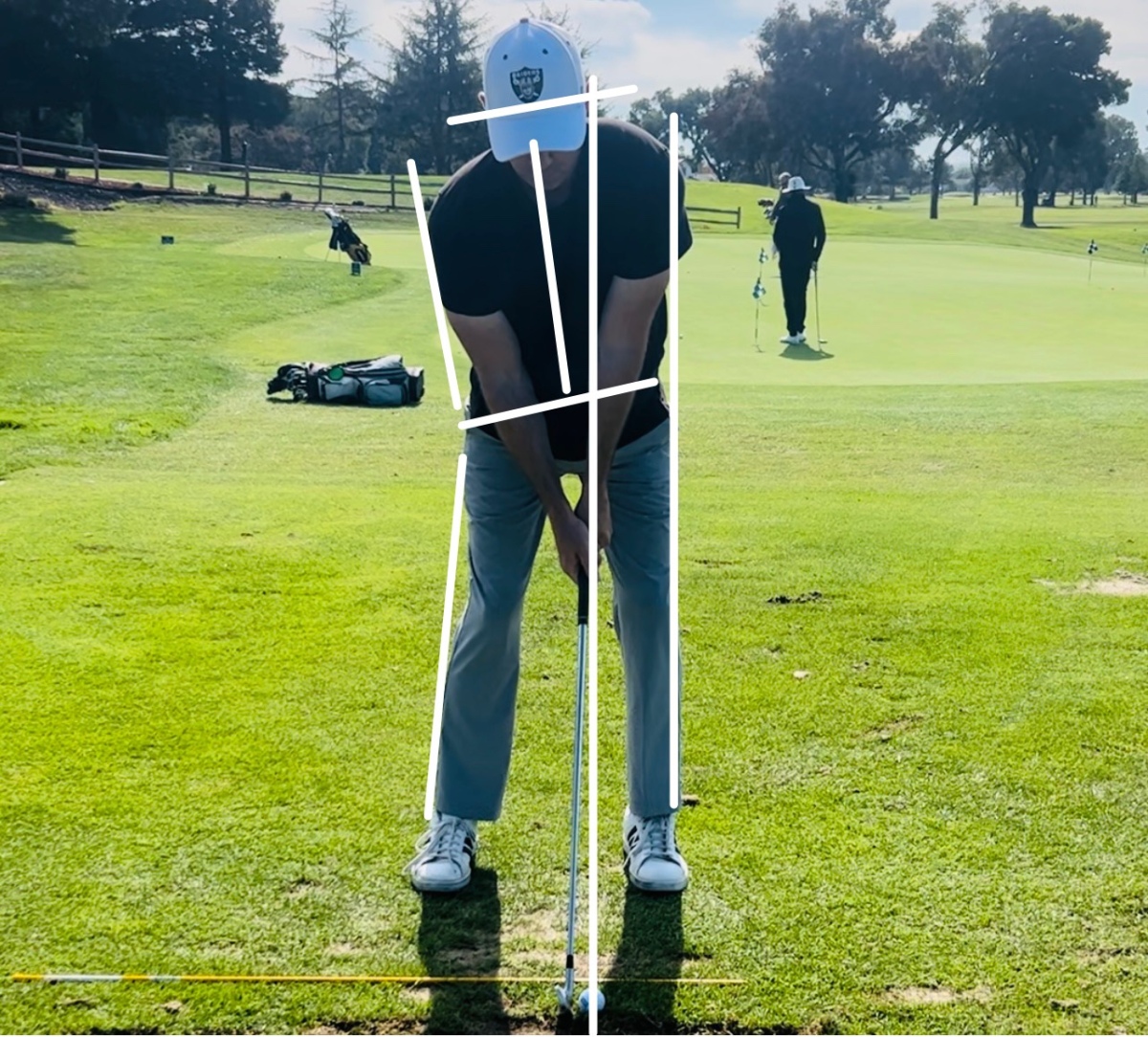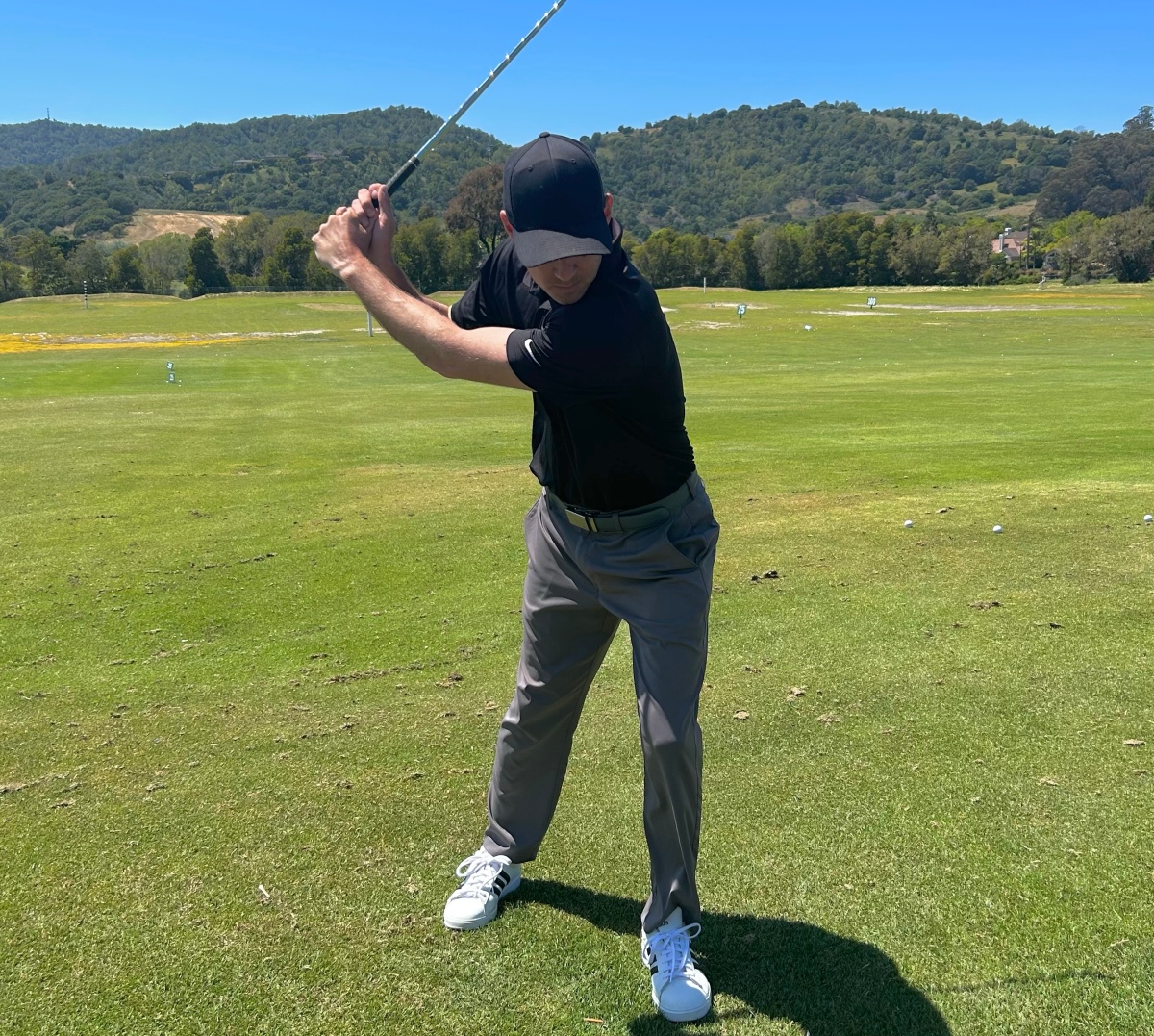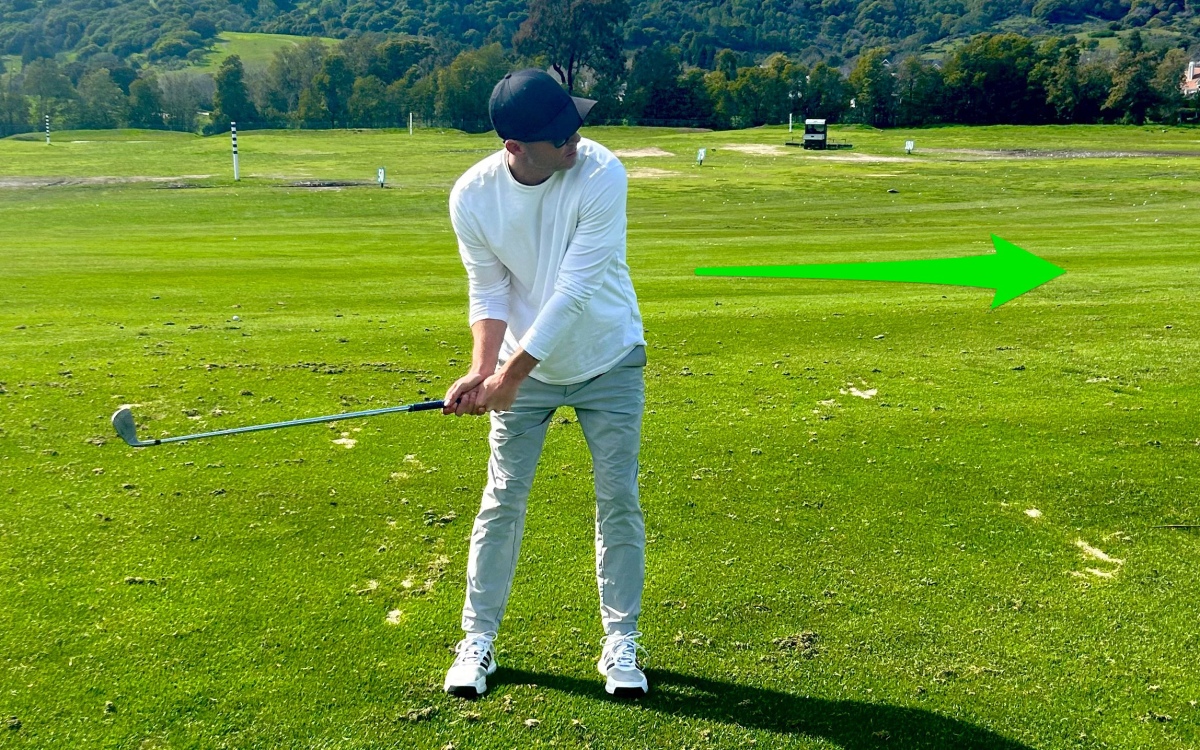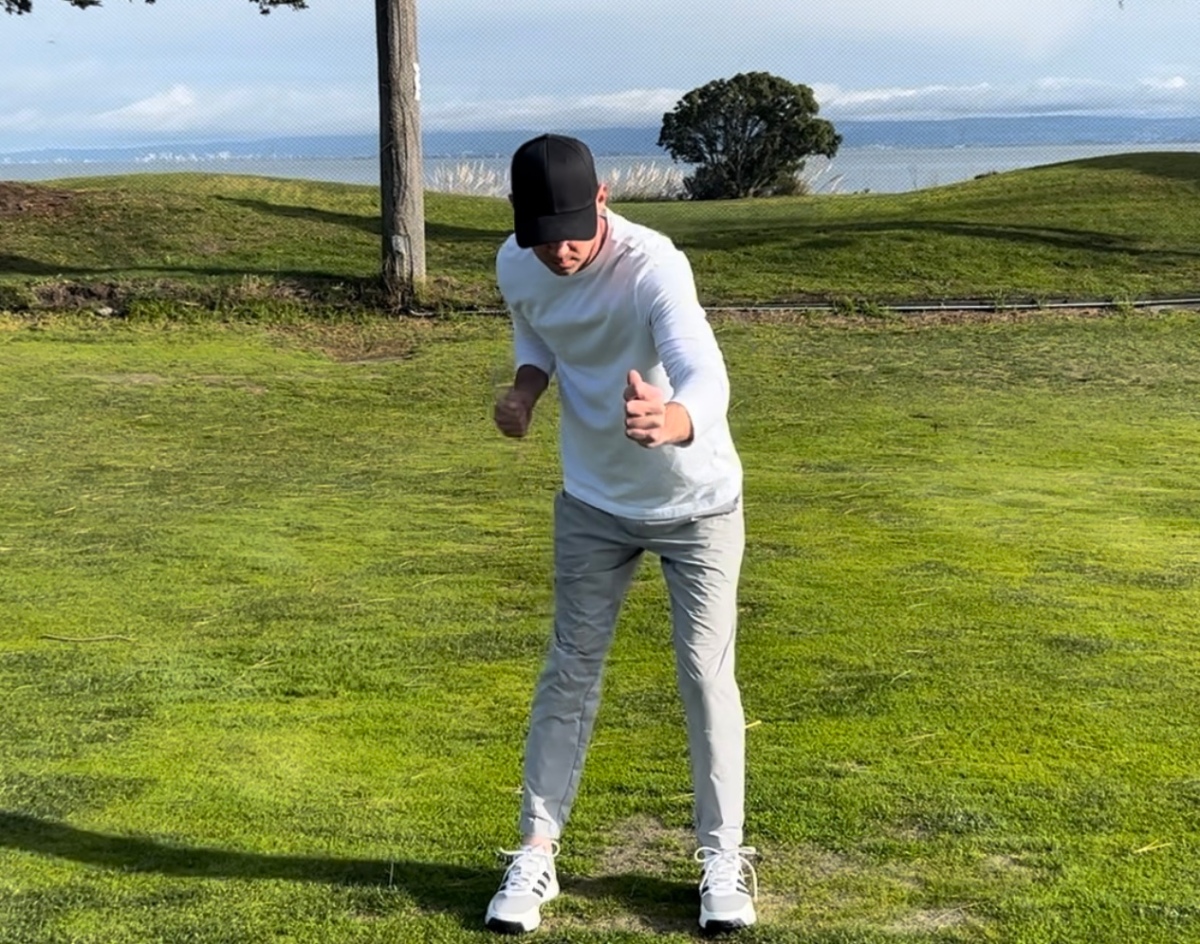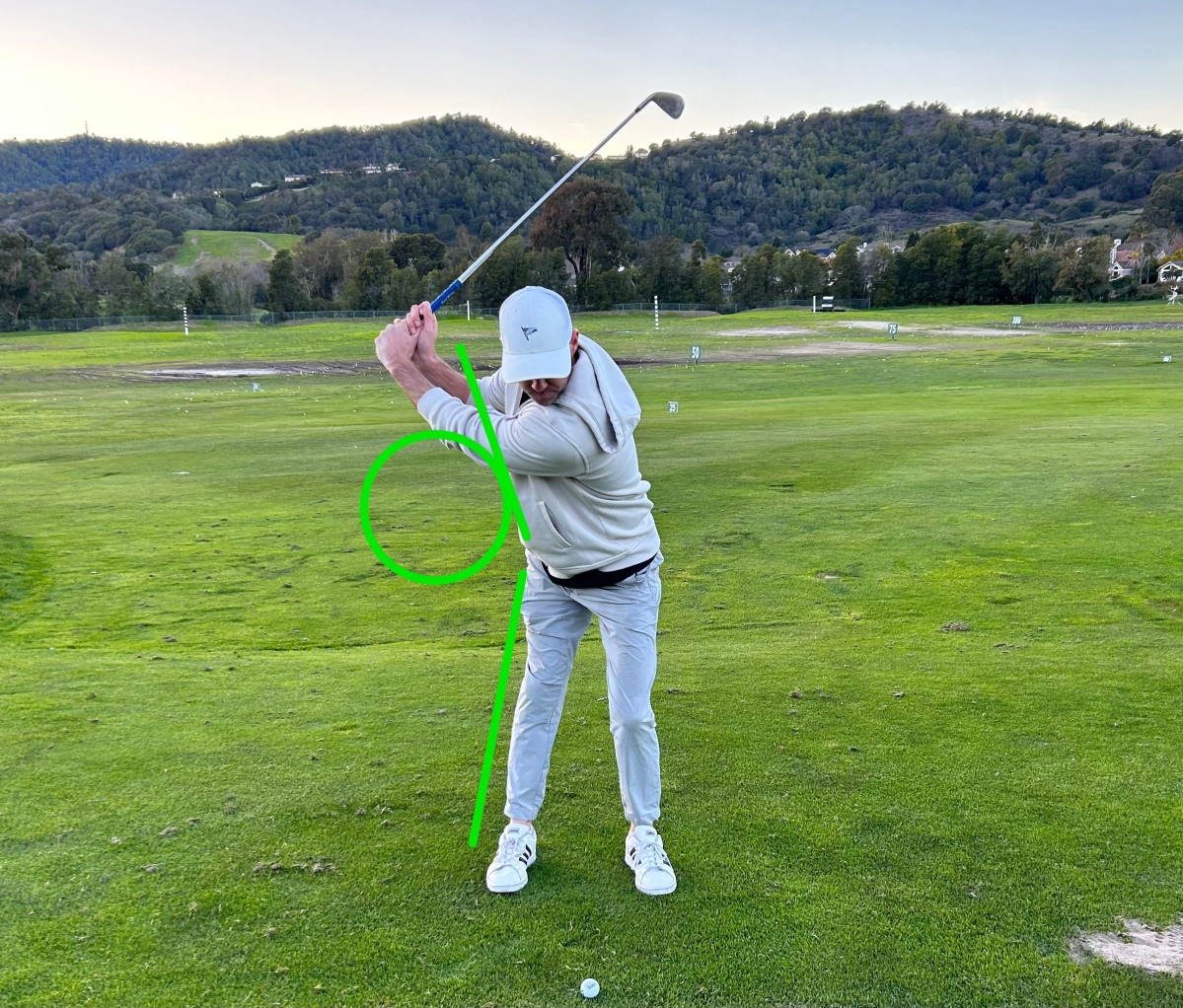(Part two: During the round)
Golf can be very chaotic through the course of a round. Once the ball leaves the clubhead, the ball is at the mercy of the golf course and out of your control. You will have good and bad bounces, putts lipping in or out and unexpected gusts of wind.
It is irrational to completely base your performance on your score due to the unknown. Learn to focus or even base a score on what you can control on the course for an optimal performance state. Here is how to start.
1. Establish a gameplan before the round and make a commitment.
Before your round, decide on something you can control to base your performance on. An example of this would be “being present during the round” or “what you are mindful of during shots”. Leading performance coach Karl Morris describes this as a “commitment” made before the round. After the round, develop a scoring system to how well you kept the commitment. Successful NFL teams will develop a well established game plan before the game and stick with the plan despite early setbacks.
2. Your post-shot reactions
This is always easier said then done. It’s one thing to stay neutral on a good shot, but having the discipline to stay neutral on a poor shot takes work. Rather then getting upset or down on yourself after a bad shot, use the bad shot as a chance to learn from the shot.
Learning from a bad shot first entails understanding why the ball flew that direction. For example if the ball started left and hooked, understand the face was closed to the target and path. Knowing what caused these shots with your swing will give you direction on a solution. Embrace the art of managing your misses. Golf should be holistically viewed as one big learning experience from working on your swing to adapting to playing in your club championship.
2. Being present
You hear this term all the time but I find players don’t completely understand the importance and how to go about doing so. The research is overwhelming on what being fully present during tasks can do to not only your mental health, but golf performance.
Being present keeps you not dwelling on the past or “future tripping” which can trigger unwarranted anxiety. Nerves should be embraced in golf, but not anxiety. Looking ahead (future tee-shot on a difficult hole) and not being present, is a recipe for anxiety.
Being present takes practice so start small. A great way to start is to focus on your feet when walking in between shots. Feel the pressure in your feet, what your feet feel like with each step. If your mind wonders, bring your attention back to your feet. The feet are just one example, there are countless others and find what’s best for you. Before you know it, you will be emerged in every shot and the enjoyment of playing golf.
Twitter: KKelley_golf
